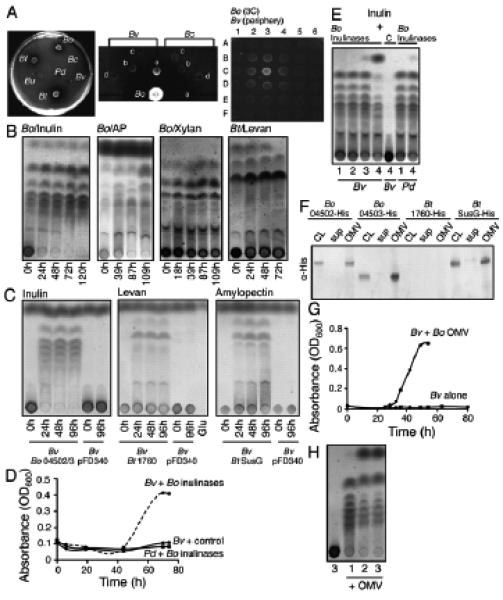Figure 4. GH/PLs serve as public goods through secretion in outer membrane vesicles.

(A) (left panel) Growth of utilizers on defined amylopectin agarose plates demonstrating amylopectin degraded zones surrounding Bf, Bo, and Bt, demonstrating extracellular release of GH. (middle panel) Growth capabilities of recipient (Bv) and late recipient (Bc) plated at various distances (a, b, c, d) from the producer B. ovatus on a defined amylopectin plate (middle). (left) B. vulgatus is only able to grow in the zone of amylopectin degradation, whereas late recipient, B. caccae does not. (Right panel) Growth of recipient B. vulgatus (spotted on all 36 spots except 3C) is dictated by its spatial proximity to the producer B. ovatus (spotted on 3C) on a defined inulin plate (right panel). (B) TLC analyses of GH/PL activity in culture supernatants of PBP-liberating utilizer strains grown in indicated defined medium with extra polysaccharide added and incubated over time. The polysaccharide at the origin of the TLC is degraded with accumulation of PBP. (C) TLC analysis of extracellular GH/PL activity from recipient strains with GH/PL genes in trans or vector alone. Bacteria were cultured in defined glucose medium without polysaccharide as the GH/PL genes are expressed from a constitutive plasmid-borne promoter. Supernatants were harvested, filter sterilized and diluted 1:1 with medium containing the indicated polysaccharide and incubated at 37°C over time prior to TLC analysis. The glucose at the top of the TLC is from the initial growth medium. Glu = Glucose. (D) Growth of B. vulgatus but not P. distasonis in defined inulin medium with purified BACOVA_04502 and BACOVA_04503 added to the medium. B. vulgatus does not grow with material purified from the vector only control. (E) TLC analysis of the resulting media from the samples shown in panel D, through the growth phases (1-lag, 2-lag, 3-late log, 4-stationary), demonstrating PBP consumption by B. vulgatus. C indicates B. vulgatus grown with material prepared from vector-only control. As this B. vulgatus with vector control material and P.distasonis did not grow in Bo-Inulin CM, its time points correspond to the growth points of B. vulgatus with inulinases through the growth phases (F) Western immunoblot analysis of cell lysates (CL), supernatant (sup) or OMV from wild type transconjugants synthesizing His-tagged GH/PLs. BT_1760 was not tracked in this assay. (G) Growth of B. vulgatus in defined inulin medium with added outer membrane vesicles (OMV) isolated from B. ovatus inulin CM. The OMV were harvested from supernatant of B. ovatus grown to log-phase so that the bacteria were actively growing at the time of harvest. (H) TLC analysis of the resulting media from the samples shown in panel G, through the growth phases (1-early, 2-mid, 3-late log) demonstrating PBP consumption by B. vulgatus during growth in OMV + inulin media. The first lane is B. vulgatus cultured inulin medium without OMV at the same timepoint as B. vulgatus with OMV at timepoint 3. Data are representative of ≥2 independent experiments, one representative experiment is shown.
